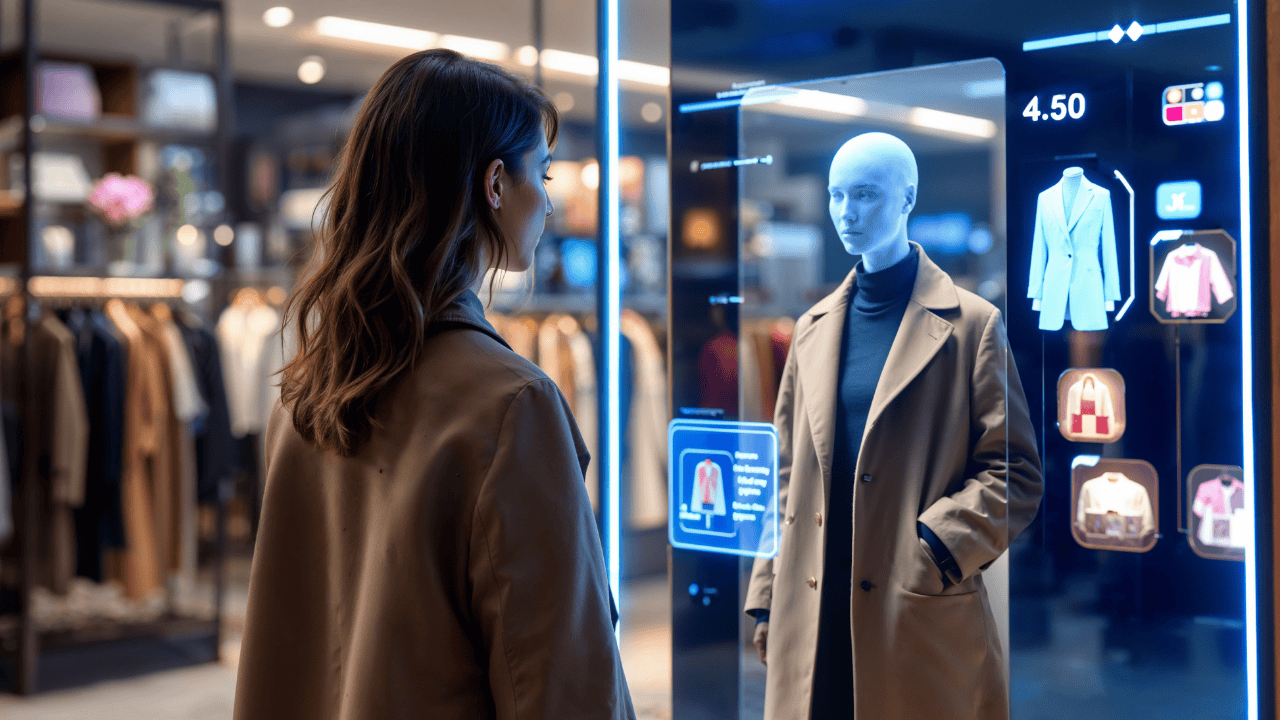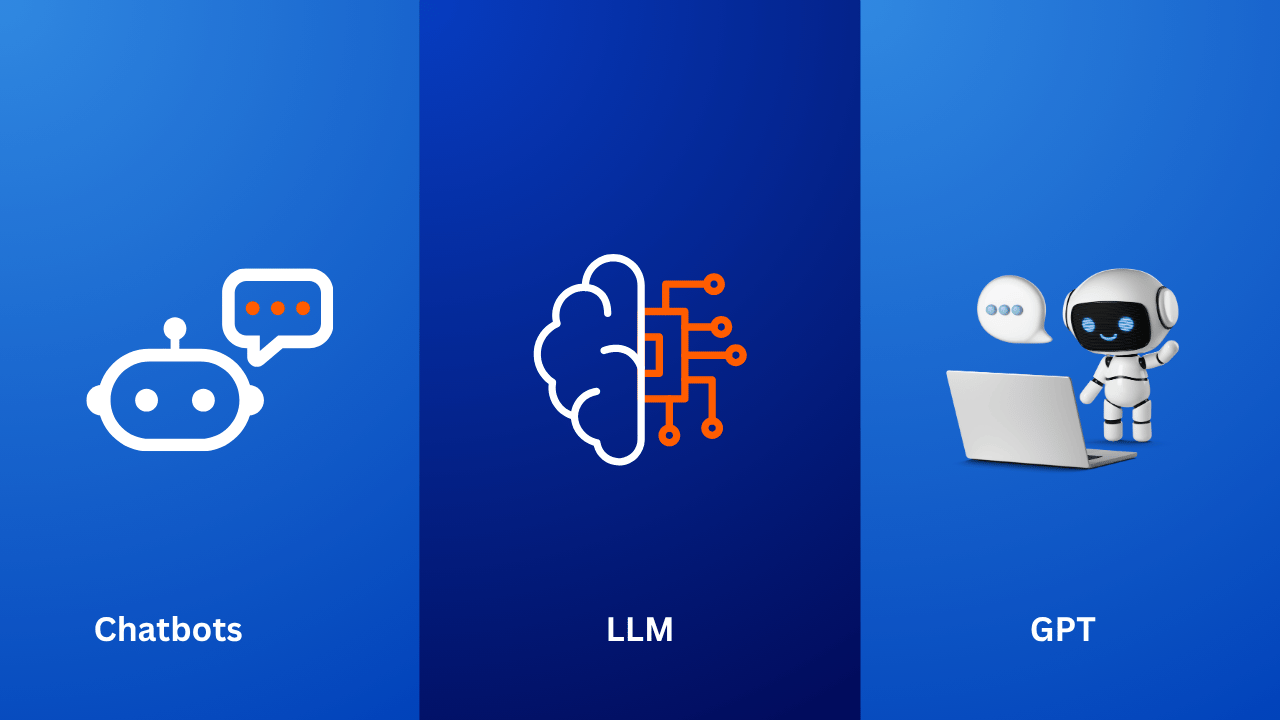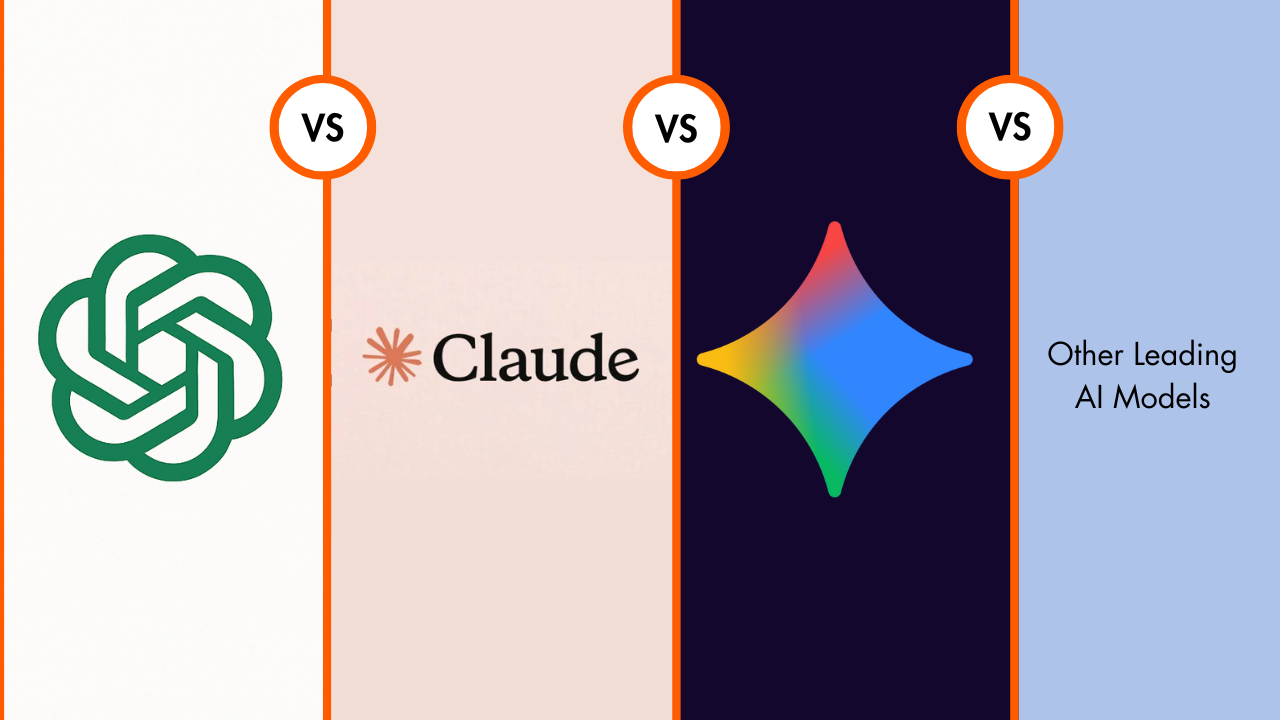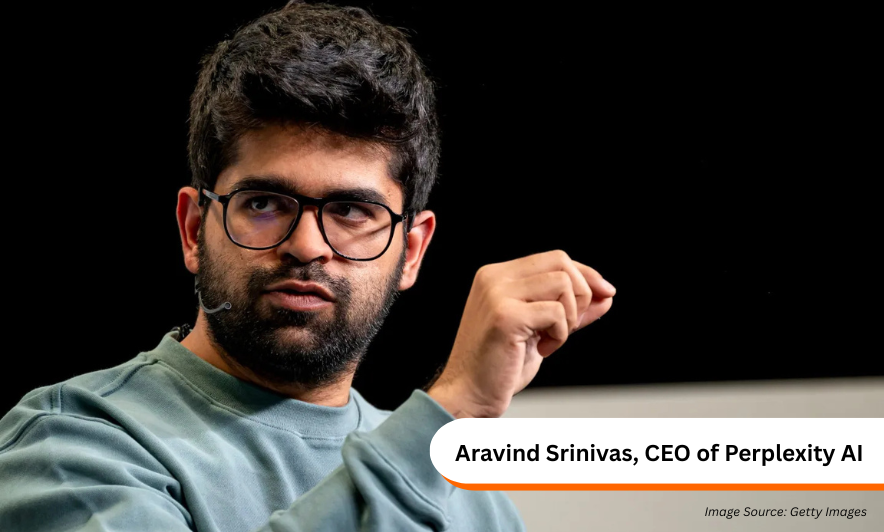AI-powered fashion forecasting uses data, algorithms, and social insights to predict emerging trends with greater accuracy. It helps brands stay ahead by identifying patterns, consumer preferences, and upcoming style shifts before they hit mainstream.
Fashion has always been a reflection of culture, emotion, and
innovation. From the runways of Paris to the street styles of Tokyo, trends
emerge, evolve, and fade, often faster than we can keep up. But what if
predicting the next big thing was not left to intuition or guesswork? What if
machines could do it for us?
Welcome to the era of AI-powered fashion forecasting, where algorithms,
data, and machine learning are reshaping how the industry anticipates style
shifts.
The Challenge of Trend Prediction
Traditionally, trend forecasting relied on expert intuition, seasonal
runway shows, and historical sales data. While this approach worked for
decades, it is increasingly inadequate in a world where trends can go viral
overnight. A celebrity outfit, a TikTok challenge, or a meme can spark global
demand in hours.
Fashion is no longer dictated solely by designers or editors, it is
co-created by influencers, consumers, and digital communities. This
democratization of style makes forecasting more complex, but also more
exciting.
How AI is Changing the Game
Artificial Intelligence brings a new level of precision and speed to
trend prediction. Through the analysis of vast amounts of data from diverse
sources, AI can identify patterns, predict consumer preferences, and even
suggest design directions. Here is how:
- Social Media Monitoring
AI tools scan platforms like Instagram, TikTok, and Pinterest to track trending hashtags, influencer posts, and visual content. This helps brands spot emerging styles before they hit mainstream. - E-commerce and Search Data
Analysis of browsing behavior, product reviews, and search queries allows AI to detect rising interest in specific colors, fabrics, or silhouettes. This real-time insight is invaluable for retailers planning their next collection. - Predictive Analytics
Machine learning models forecast future demand by recognizing seasonal patterns, cultural shifts, and consumer behavior. This reduces guesswork and helps brands align production with actual market needs.
With tools like this, fashion businesses can move from reactive to
proactive, anticipating trends and delivering what customers crave, before they
even know it themselves.
















